“Super Tuscans” have almost been a bit fading from the wine scene in Tuscany recently. Or perhaps they are just changing.
Traditionally super-Tuscans were made from Bordeaux grapes, mainly cabernet sauvignon, with a bit of sangiovese for local character. Initially they were powerful, impressive wines, but sometimes with a bit too much make-up and exaggerated curves, a bit like Italian television “air girls” swishing around the talk show hosts in short skirts, due to hefty doses of new oak.
The style has evolved though. People, both winemakers and wine consumers are looking for more balance and elegance and more fruit.
One thing that is happening in Tuscany, as well as in some other warm-climate wine regions, is that cabernet franc is gaining ground. Cabernet franc is mainly known for sometimes rustic and tart (when not well made) from the Loire Valley, and as the little brother of cabernet sauvignon in Bordeaux. The tartness comes from the fact that it is a grape that sometimes has difficulties in fully ripening in cooler climates.
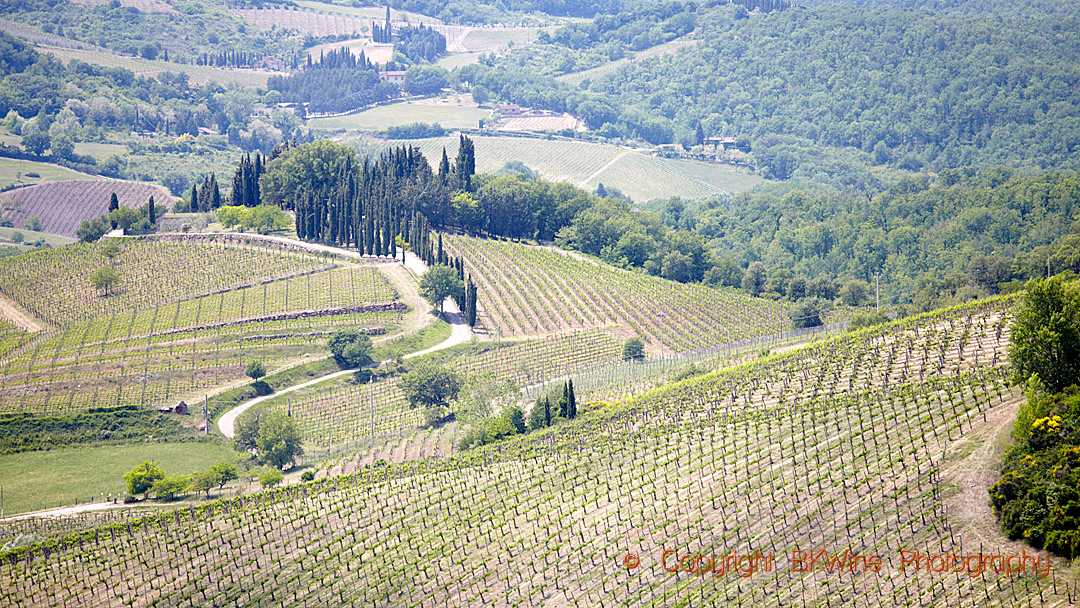
In warmer climates it is increasingly seen as a grape that can give wines with a lot of fresh fruit. In warmer climates it is also more consistently ripening to full maturity than further north.
In Tuscany some producers use it as a blending grape to give added tang, for example in the Caiarossa, Tignanello and the Sassicaia.
Others have started to make a 100% cabernet franc wine. One such producer is Le Macchiole who made a serious bet on the grape variety when they transformed a blended wine into a 100% cabernet franc wine in the early 2000s. Their Paleo Rosso is now a pure cabernet franc. They have even recently created a “fan club” for those who like their cabernet franc wine, the “friends of Paleo”. Read more on Paleo Rosso here.
We have unfortunately not yet had the occasion to taste the Paleo Rosso so I can’t really tell you much about how cabernet franc succeeds or develops in this southern environment at Le Macchiole.
[box type=”info” style=”rounded” border=”full”]If you are curious to know more about recent developments of Tuscan wines, then you should go there! On BKWine’s wine tours to Tuscany you will have to opportunity to taste many exciting wines and sample the delicious Tuscan food!
Travel to the world’s wine regions with the experts on wine and the specialist in wine tours.
A wine experience that no one else can give you![/box]
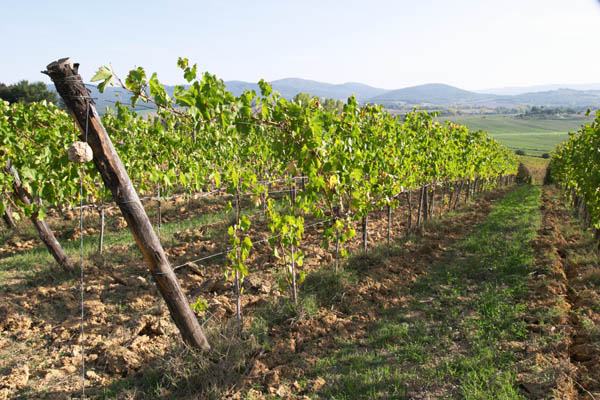


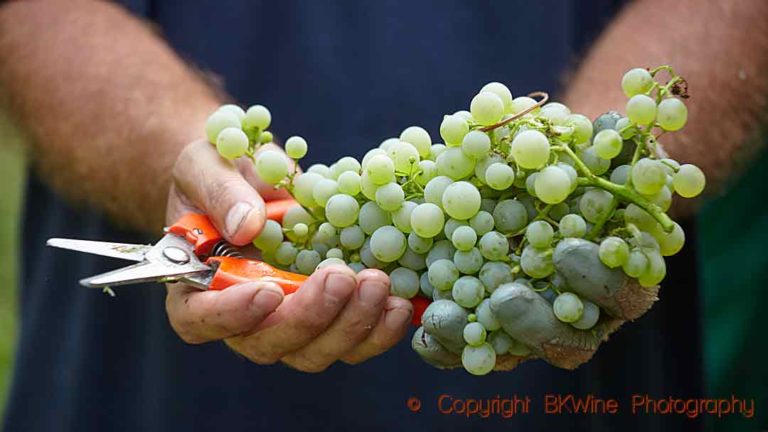
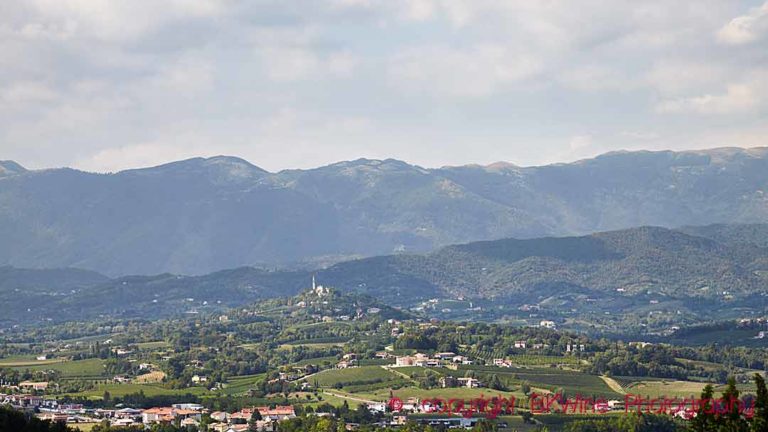
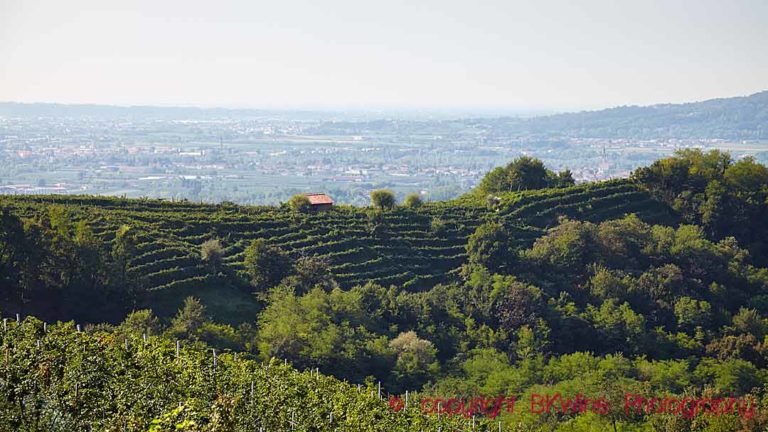





2 Responses
“Cabernet franc is mainly known for sometimes rustic and tart (when not well made) from the Loire Valley, and as the little brother of cabernet sauvignon in Bordeaux. The tartness comes from the fact that it is a grape that sometimes has difficulties in fully ripening in cooler climates.”
I would take exception to two items listed in above descriptors – Cabernet Franc is the progenitor of Cabernet Sauvignon so it is not the ‘little brother’ it may play a secondary role in Bordeaux but by no means is it insignificant. Secondly, Cabernet Franc has a much wider range of climate adaptability than does Cabernet Sauvignon and does ripen in cooler climates such as the Loire Valley in France, Alto Adige & Friuli in Italy, New York’s Finger Lakes District.. Places where Cabernet Franc would never ripen.
John,
I was referring to how cabernet franc is generally considered by the world, when it comes to Bordeaux. In terms of customer perception CF is generally seen as the “little brother” to cs in Bordeaux even though it may have historic precedence. I certainly never meant to imply that it is insignificant.
And cabernet franc can certainly perform very well in the Loire Valley. They do make some magnificent cf:s there. But all too often they are rustic and overly tart. In my taste that is. Some people may like it. Perhaps that is not due to the climate being as cold as it is (it is one of the more northern regions in Europe), or perhaps it is due to failings in the wine-growing / winemaking. (Or a bit of both.)
In any case I think it is exciting that cabernet franc is used in more and more places since it can make excellent wines. Have, unfortunately, never had the opportunity to taste yours though.